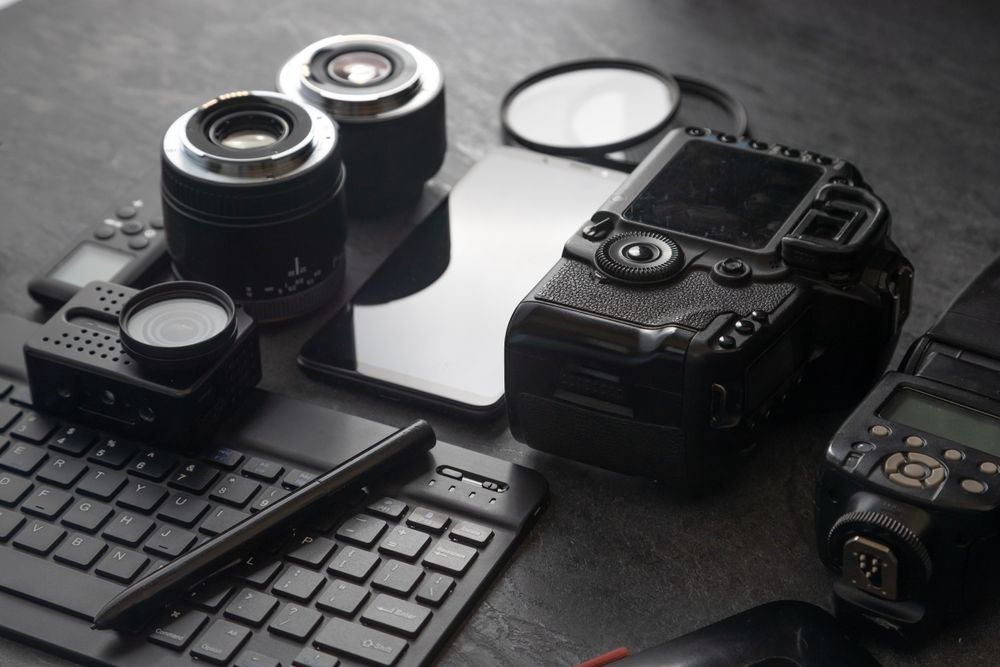For parents on the go, baby carriers can be a game-changer. Whether you’re making dinner, running errands, or simply walking around the house, a baby carrier allows you to keep your child close while staying hands-free and mobile. The best carrier will keep your baby secure, your body supported, and your life just a little easier.
With so many options available—wraps, slings, structured carriers, and more—choosing the right one can feel overwhelming. This guide breaks down the key features to look for so you can find the best baby carrier for your needs, lifestyle, and growing baby.
1. Know the Main Types of Baby Carriers
Before diving into features, it’s important to understand the basic types of baby carriers available.
Wrap Carriers
-
Long fabric you wrap around your body
-
Adjustable and snug fit for newborns
-
Comfortable but may require practice to use
Ring Slings
-
One-shoulder carriers with adjustable rings
-
Quick to put on and great for newborns
-
Less ideal for extended wearing or heavier babies
Soft Structured Carriers (SSCs)
-
Feature buckles, padded straps, and waistbands
-
Offer back, front, or hip carrying options
-
Great for long wear and growing babies
Mei Tais
-
A hybrid between wraps and structured carriers
-
Tied using fabric straps but offer structure
-
Balance adjustability with support
Each style has its strengths depending on your baby’s age, your comfort level, and how long you’ll be wearing it.
2. Match the Carrier to Your Baby’s Age and Weight
Not all carriers work well for every stage of development. The right one should support your baby’s body safely and comfortably.
Newborns (0–4 months):
-
Need head and neck support
-
Wraps and slings provide snug support
-
Some structured carriers require an infant insert
Infants (4–12 months):
-
Can hold up their head and sit with help
-
Structured carriers with ergonomic designs work well
-
Look for inward- and outward-facing options
Toddlers (12+ months):
-
Heavier and more active
-
Carriers with padded waistbands and wider seats provide support
-
Back-carry positions may be more comfortable
Always check the manufacturer’s weight and age guidelines before use.
3. Prioritize Comfort for Both Parent and Baby
You’ll likely be wearing the carrier for extended periods, so comfort is key—for both you and your little one.
For the Baby:
-
Wide, supportive seat (ideally knee-to-knee)
-
Soft, breathable materials
-
Adjustable head support or hoods for naps
For the Parent:
-
Padded shoulder straps to reduce strain
-
Wide waistband for lumbar support
-
Even weight distribution across back and hips
Try on the carrier (if possible) or buy from a retailer with a flexible return policy to test comfort before committing.
4. Choose Ergonomic Designs
Ergonomics aren’t just about comfort—they’re essential for your baby’s healthy development.
What to Look For:
-
“M” or “frog” position: Knees higher than the bum, with thighs supported
-
Head and neck support, especially for newborns
-
Even pressure distribution—no dangling or pinched legs
Avoid carriers that let your baby hang by the crotch or lack support for developing hips and spine. Look for ones certified by the International Hip Dysplasia Institute for ergonomic safety.
5. Consider Ease of Use
The best carrier in the world won’t help much if it’s too complicated to use—especially when you’re on your own.
User-Friendly Features:
-
Easy-to-adjust straps or ties
-
Quick-release buckles for fast removal
-
Clear instructions or instructional videos
-
No need for another person to help with setup
Wraps and ring slings require more practice, while structured carriers are often more intuitive for beginners.
6. Think About When and Where You’ll Use It
Your routine will help determine what kind of carrier works best for you.
Indoor Use:
-
Wraps or slings are great for short, cozy holds
-
Lightweight and soft for lounging or light chores
Outdoor Use:
-
Structured carriers provide more support for long walks
-
Look for sunshades or weather-resistant fabrics
Travel:
-
Compact, foldable carriers work well for airports or public transport
-
Buckle carriers are fast to put on and take off
Some parents choose to have multiple carriers depending on the situation.
7. Check for Easy Cleaning
Babies are messy. Whether it’s spit-up, snacks, or diaper leaks, your carrier needs to be washable.
Preferred Options:
-
Machine-washable fabrics
-
Dark or patterned materials to hide stains
-
Removable drool pads or headrests
Check care labels before purchasing, and always follow washing instructions to maintain shape and integrity.
8. Adjustability Is Key
Carriers should fit multiple body types and grow with your baby.
Look For:
-
Adjustable waistbands and shoulder straps
-
Expandable seat widths
-
Multiple carrying positions (inward, outward, hip, back)
This is especially important if multiple caregivers will be using the same carrier. Quick and easy adjustments make shared use more practical.
9. Safety Features to Keep in Mind
Safety is a top priority. Every carrier should keep your baby secure and close.
Safety Checklist:
-
Strong, secure buckles or knots
-
Sturdy stitching and reinforced seams
-
Tightly woven fabric or durable mesh
-
Proper head and neck support for infants
-
No loose straps or extra fabric near the baby’s face
Always follow the T.I.C.K.S. rule:
Tight, In view at all times, Close enough to kiss, Keep chin off chest, Supported back.
10. Balance Cost with Value
Baby carriers range from budget-friendly to high-end models with lots of bells and whistles.
Typical Price Ranges:
-
Basic wraps or slings: $30–$60
-
Mid-range structured carriers: $80–$150
-
Premium carriers with advanced features: $150–$250+
More expensive doesn’t always mean better, but high-quality materials and ergonomic designs often justify the investment. If you plan to use it daily, spending a bit more for comfort and longevity is often worth it.
Pro Tips for Getting the Most Out of Your Carrier
-
Practice at home first: Use a mirror or a spotter the first few times you try a new carrier.
-
Adjust slowly: Make small changes to straps and positions to find what works best.
-
Follow baby’s cues: If they’re fussy or uncomfortable, reposition or take breaks.
-
Join local groups or forums: Babywearing groups can offer guidance and tips on fit or troubleshooting.
The right baby carrier should feel like a natural extension of you, making life easier and bonding even stronger.





